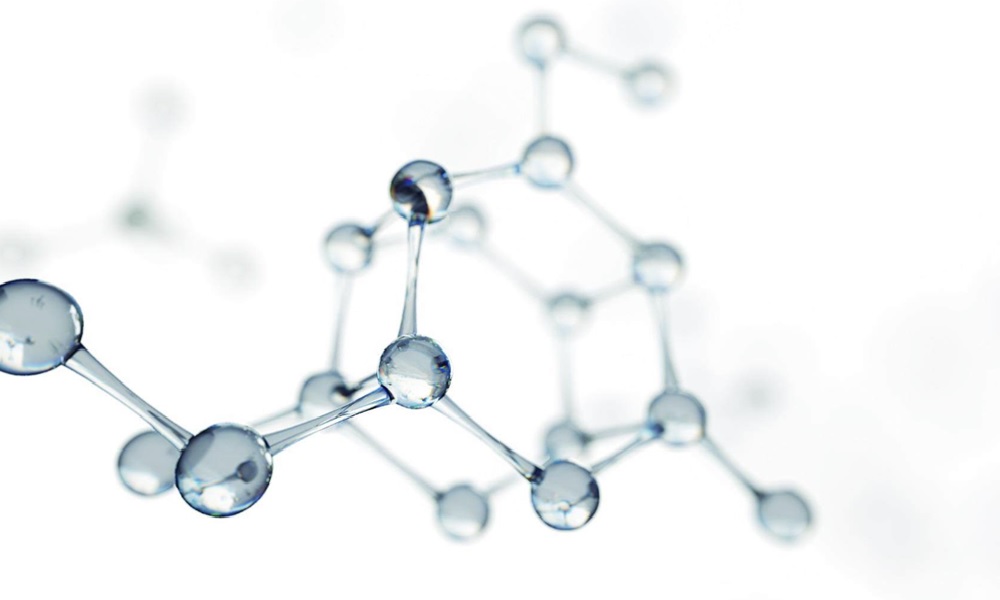
The Origin Of Peptides
Peptides are short chains of amino acids that make up proteins. They play an integral role in many biological processes such as hormone regulation, enzyme activity and cell signaling. But where did peptides originate? In this blog post we’ll investigate their origins and how they evolved into the essential biomolecules we know today.
The Origin of Amino Acids
Before we can discuss the origin of peptides, let’s first define where their individual amino acids come from. Amino acids are organic compounds with both an amino group (-NH2) and carboxyl group (-COOH) attached to a central carbon atom. There are 20 distinct amino acids commonly found in proteins; each with its own distinct side chain which gives it distinct properties.
The most widely accepted theory for the origin of amino acids is that they were created in Earth’s early atmosphere and oceans. In the 1950s, chemists Stanley Miller and Harold Urey conducted an iconic experiment which they believed replicated this atmosphere, then exposed it to electrical sparks mimicking lightning strikes – they discovered various organic compounds, including amino acids, formed.
This experiment provided strong proof that amino acids could have formed in the early Earth’s environment, which was likely abundant with gasses such as methane, ammonia, and hydrogen. Over time these amino acids could have accumulated in oceans where they could have been utilized to construct more complex molecules.
The Origin of Peptides
How did these individual amino acids come together to form peptides? This likely involved multiple steps.
First, individual amino acids would need to be activated. This involves attaching a chemical group such as an amino group to the carboxyl group of an amino acid, creating an activated intermediate. From there, other amino acids could react with these activated intermediates, creating longer chains of amino acids through peptide bonds.
With time, these chains could have grown longer and more complex, as different amino acids were added to form unique peptide sequences. As these chains became longer, they may have folded into three-dimensional structures – ultimately producing proteins.
The Evolution of Peptides
Peptides were likely essential components in the early life forms on Earth, which likely relied on them and other biomolecules for basic metabolic processes. Over time, however, peptides and proteins became increasingly complex and specialized, with new functions within cellular processes emerging.
Today, peptides are used for a variety of applications from pharmaceuticals to agriculture and cosmetics. Scientists continue to research peptides and their properties in order to gain insight into their biological functions and potential uses.
In conclusion, peptides are short chains of amino acids that form essential building blocks for proteins. They likely originated from individual amino acids synthesized in the early Earth environment and then linked together to form longer chains. Over time these chains became more complex, leading to today’s wide array of peptides and proteins we know today.
This article was written by a peptide professional from Domestic Peptides. Looking for Pt-141 for sale usa? Well, look no further. Welcome to Domestic Peptides where you’ll find a huge selection of Research Peptides for sale and Research Chemicals for Sale, all made in the USA.
